
What Is Frank’s Sign
Have you ever noticed a small diagonal crease running across someone’s earlobe—and wondered what it could mean? While it might seem like a harmless sign of aging, this subtle mark could actually carry deeper implications for heart health. Known as Frank’s Sign, this physical feature has intrigued doctors and researchers for decades as a potential early indicator of cardiovascular disease.
Let’s take a closer look at what Frank’s Sign is, the science behind it, and why cardiologists continue to study this intriguing connection between the earlobe and the heart.
1. Frank’s Sign: A Quick Overview
Frank’s Sign refers to a diagonal crease that runs across the earlobe, usually at about a 45° angle. In medical terms, it’s called the Diagonal Earlobe Crease (DELC).
The phenomenon was first described by Dr. Sanders T. Frank in the 1970s, when he observed the mark in 20 patients suffering from angina pectoris—chest pain caused by reduced blood flow to the heart. Since that initial observation, numerous studies have explored the relationship between DELC and coronary artery disease (CAD), as well as other vascular conditions such as peripheral vascular disease and cerebrovascular disease.
In essence, this small line on the earlobe may serve as an external marker of internal vascular changes—a visible clue that the arteries might not be functioning at their best.
2. Who Is Most Likely to Have Frank’s Sign?
Frank’s Sign tends to appear more frequently in patients with established heart conditions or those who have undergone procedures such as coronary artery bypass surgery. However, it can also be found in seemingly healthy individuals, sometimes long before any heart-related symptoms appear.
Research suggests that the sign may be more meaningful in people under 60, where it can act as an early red flag for cardiovascular risk. It’s not limited by gender, ethnicity, or body type.
Key observations include:
-
The crease can appear in both lean and overweight individuals.
-
It is not directly related to BMI or body fat percentage.
-
It may indicate microvascular or endothelial changes independent of lifestyle or outward health.
-
Some studies have found a higher prevalence in individuals with metabolic syndrome, diabetes, or hypertension.
In short, while not everyone with Frank’s Sign has heart disease, its presence—especially in younger adults—should encourage closer cardiovascular screening.
3. What Causes Frank’s Sign? Leading Theories and Research
Despite decades of observation, the exact cause of Frank’s Sign remains unclear. However, several compelling theories have emerged:
a. Microvascular Changes in the Earlobe
The earlobe’s middle portion is supplied by tiny, end-arteries that lack strong collateral circulation. If these microvessels become narrowed or damaged—similar to what happens in coronary arteries—the tissue may lose elasticity and form a crease.
b. Collagen and Elastic Fiber Degeneration
Some histological studies have shown changes in the collagen and elastic fibers of the earlobe among people with DELC, mirroring the same structural changes seen in atherosclerotic arteries.
c. Telomere Shortening and Cellular Aging
A few studies, including those involving Japanese patients with metabolic syndrome, have identified a link between DELC and shortened telomeres, which are biological markers of aging. This suggests the crease could represent a visible sign of accelerated vascular and cellular aging.
d. Genetic and Environmental Factors
There may also be genetic predispositions or shared risk factors—such as smoking, chronic inflammation, or oxidative stress—that contribute both to heart disease and the development of the crease.
4. How Severe Is It? Understanding Crease Patterns and Risk Levels
Not all earlobe creases are created equal. Researchers have proposed different severity levels that may correlate with cardiovascular risk:
| Type of Crease | Description | Possible Significance |
|---|---|---|
| Incomplete crease on one side | Partial, faint diagonal line on one earlobe | Least concerning; may be age-related |
| Complete crease on one earlobe | Full diagonal line reaching across one earlobe | Moderate risk indicator |
| Bilateral complete creases | Deep, symmetrical creases on both earlobes | Possibly higher cardiovascular risk |
The deeper, longer, and more symmetrical the creases appear, the more likely they are to be associated with systemic vascular issues. Some cardiologists even consider DELC one of several “visible vascular markers”, alongside arcus senilis (a gray ring around the cornea) and xanthelasma (cholesterol deposits near the eyes).
5. Should You Be Concerned?
While Frank’s Sign is not a definitive diagnosis, it can serve as a helpful early warning signal—a visual prompt to take your cardiovascular health seriously. If you notice a diagonal crease on your earlobe, particularly if it’s bilateral and you have risk factors such as high blood pressure, elevated cholesterol, or diabetes, it’s wise to schedule a heart health evaluation.
Your healthcare provider may recommend basic tests such as:
-
A lipid panel to check cholesterol levels
-
Electrocardiogram (ECG) or echocardiogram to assess heart function
-
Blood glucose testing to screen for diabetes or insulin resistance
These simple, noninvasive evaluations can provide reassurance—or detect early issues when they’re easiest to manage.
Bottom Line
-
Frank’s Sign is a small physical clue that may point toward underlying cardiovascular disease.
-
It doesn’t confirm heart problems, but it does suggest that further screening could be beneficial.
-
Paying attention to such subtle signs can lead to earlier detection and better prevention.
So, the next time you notice that diagonal line on your earlobe—or someone else’s—remember that your body often communicates in quiet, visual ways. Listening to those signals might just help protect your heart.
Disclaimer: This article is for informational and educational purposes only and is not a substitute for professional medical advice. Always consult a qualified healthcare provider regarding any health concerns or new physical changes.
News in the same category


Can You See the Hidden Number in This Optical Illusion
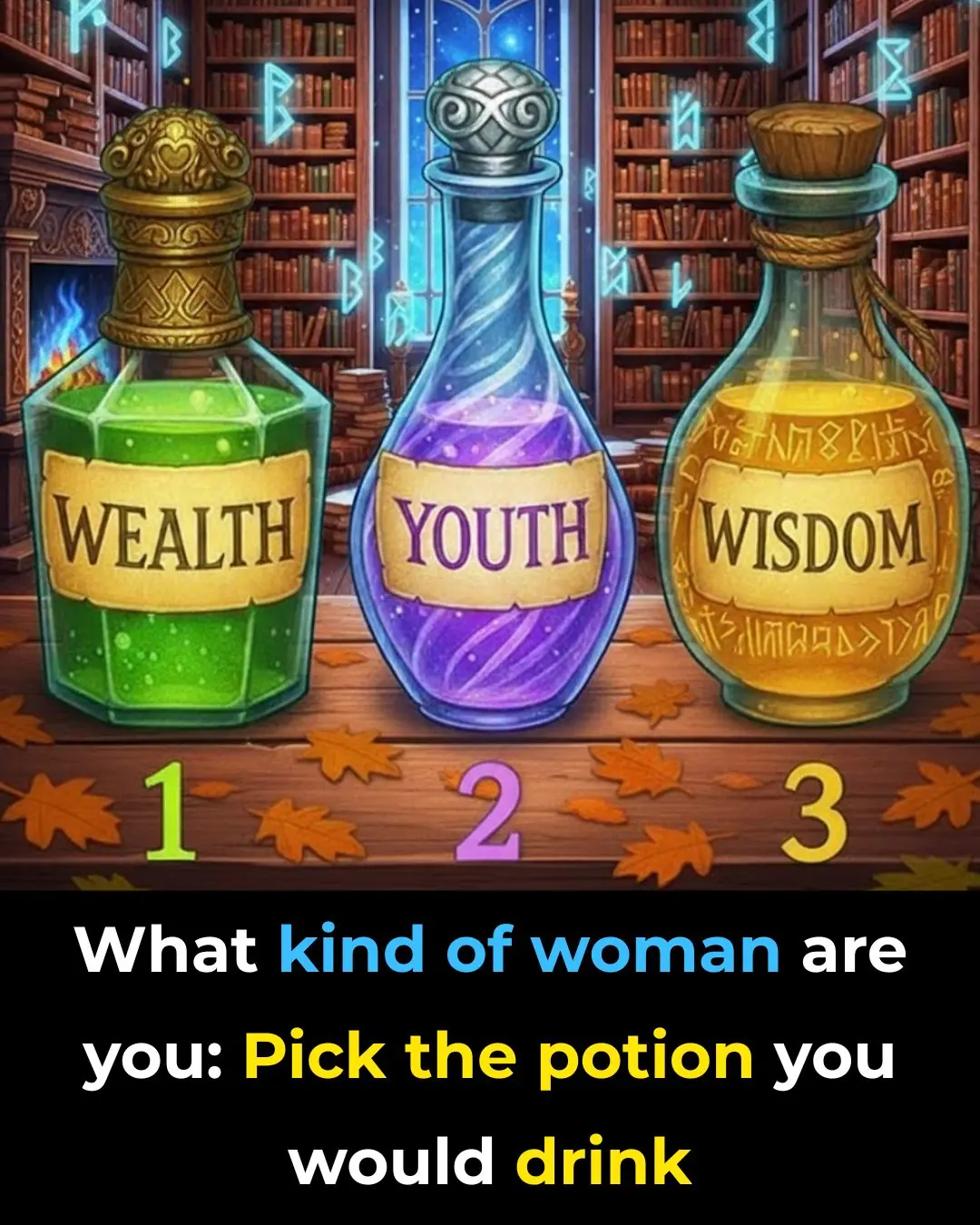
Choose a Potion
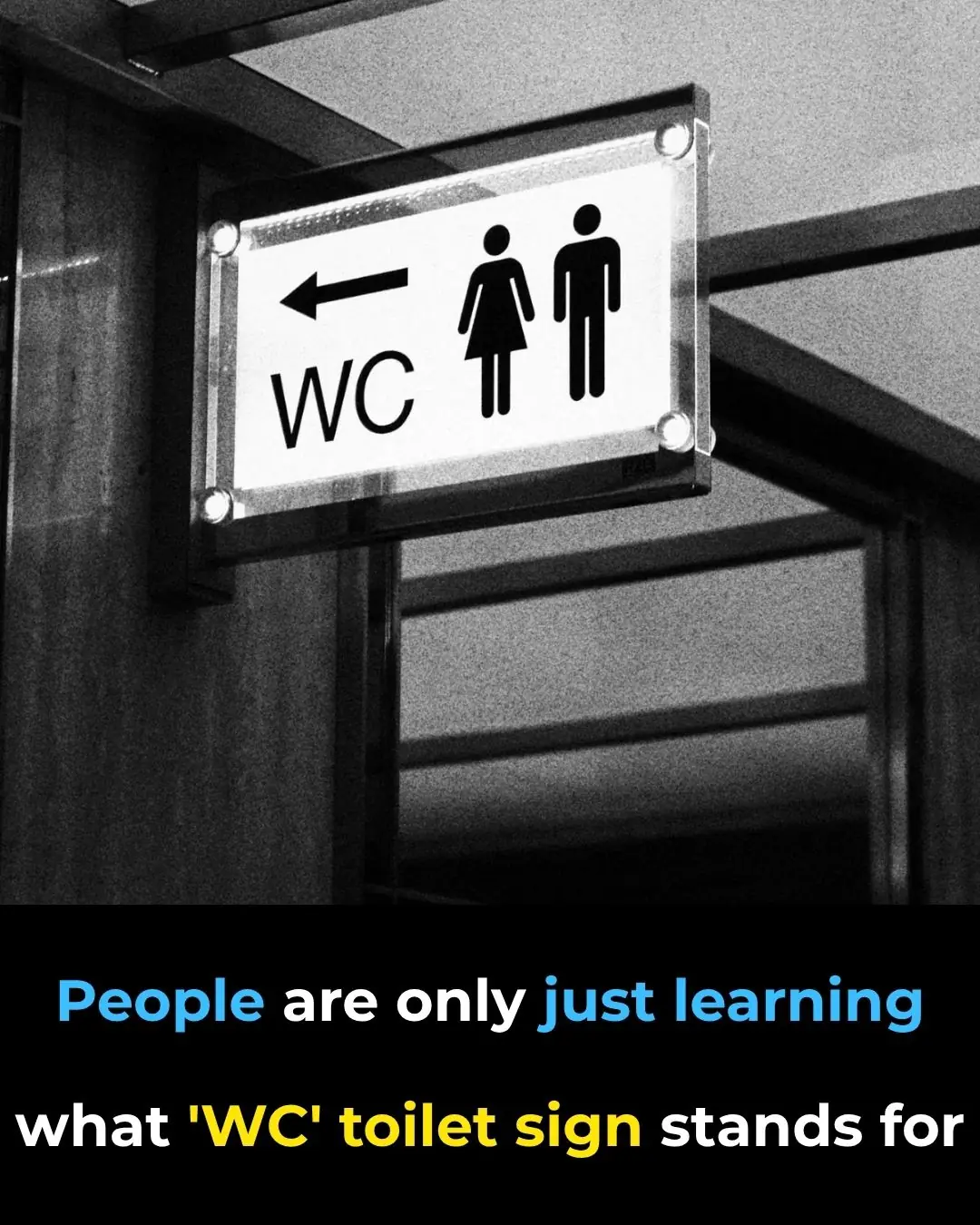
The Meaning Behind the WC Toilet Sign

Trump Claims Tariffs Ended Six Wars: The Politics Behind His Latest Foreign Policy Assertion

Scientists Catch Grumpy Cat of the Himalayas on Camera for the First Time

Most people will go their entire lives without ever knowing what the microwave ring cover is actually for
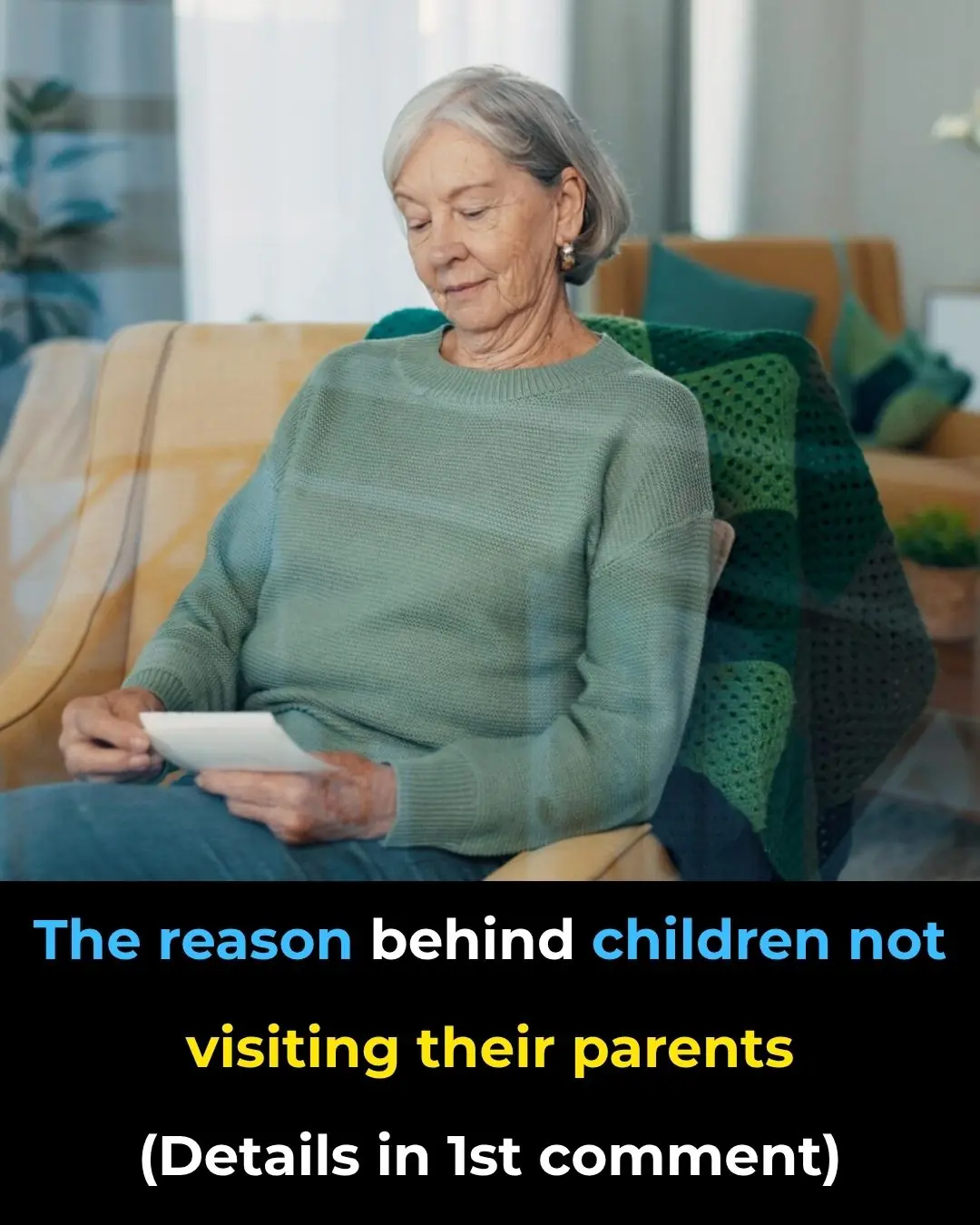
The reason behind children not visiting their parents

Backlash Grows After Trump’s Dismissive Comment to Female Journalist

Scientists Just Won a Nobel Prize for Discovering How to Stop Your Immune System from Attacking You

What’s the Reason Behind Painting Trees White?

People Left Disgusted: Shocking Truth About How Crabsticks Are Made
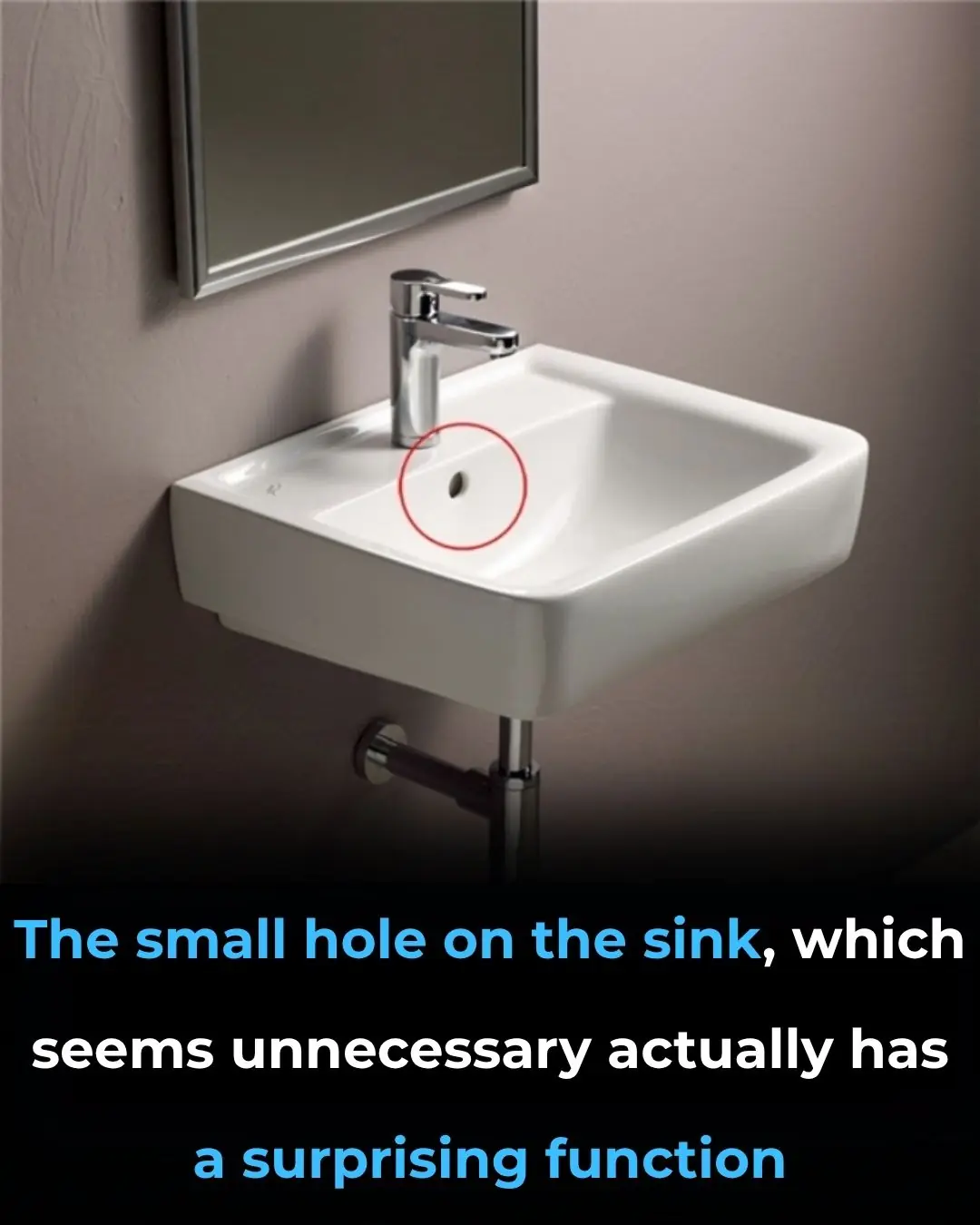
The Purpose of the Overflow Hole in Your Sink You Never Knew
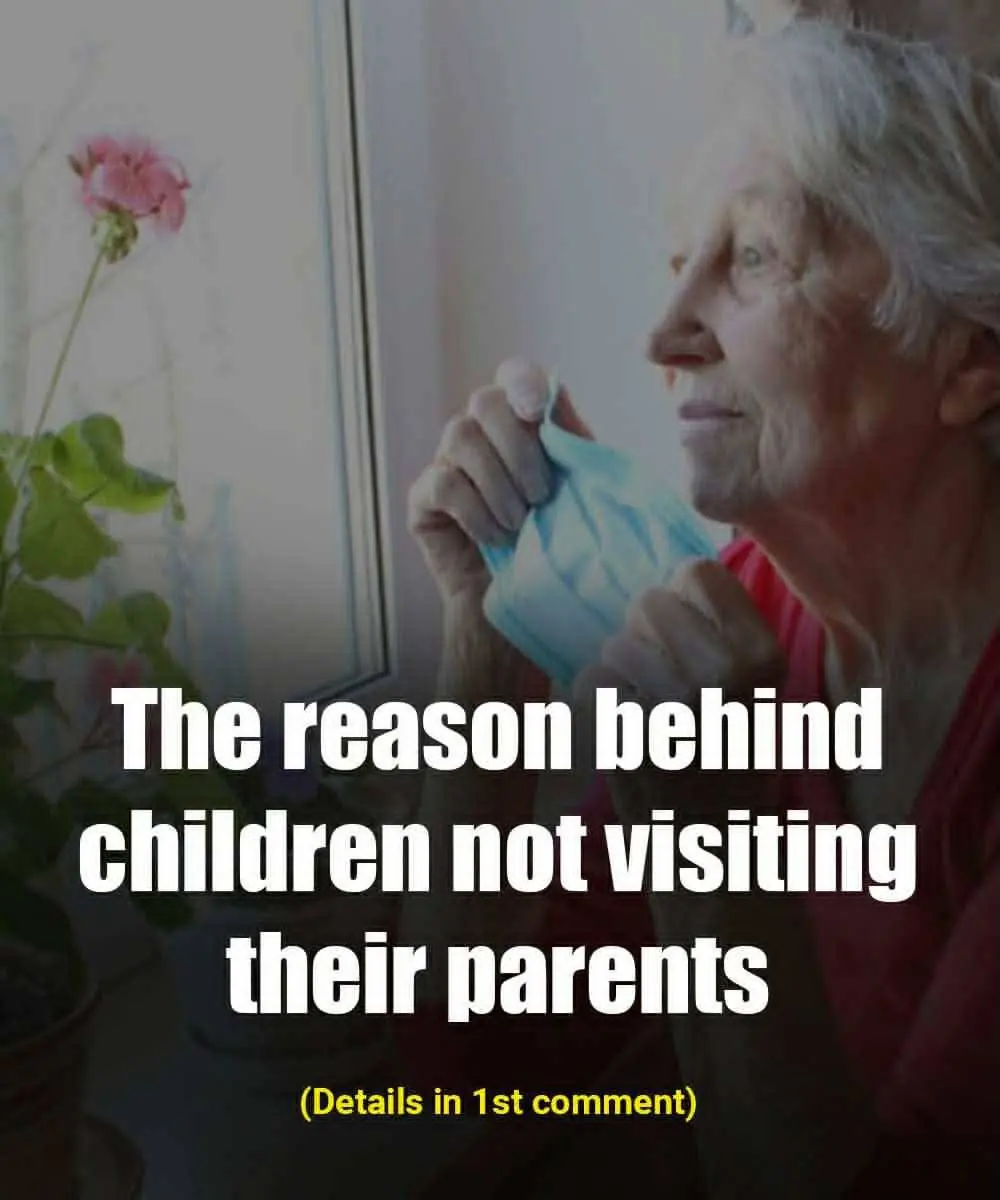
The reason behind children not visiting their parents

Powerball Winner Turns $2 Billion Fortune Toward Rebuilding Fire-Ravaged L.A. Homes

The Astonishing Claim That Humans Might Be Built for 20,000 Years

Signs Your Adult Child May Resent How You Raised Them

What’s the Reason Behind Painting Trees White?
News Post

Champ the Two-Legged Chihuahua: A Tiny Hero Who Saved His Owner’s Life

When Dolphins Became Guardians: The Day Four Swimmers Were Saved from a Great White

KEVIN’S MIRACLE: A LITTLE BOY’S COURAGE AND A FAMILY’S UNBREAKABLE HOPE 💛🎗️

Illegal Zoo in Singapore Exposed as Hub for Underground Betting Ring

A Mother’s Desperate Plea: Help Save Milena’s Life Before It’s Too Late

What Happens to Your Body When You Stop Eating

The #1 Drink to Prevent Foamy Urine — Plus 7 More Your Kidneys Will Thank You For
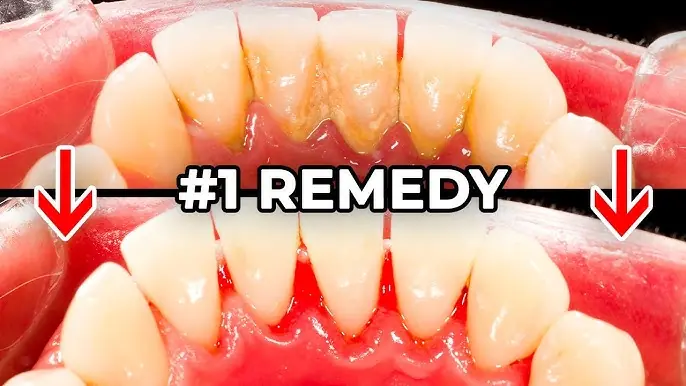
The #1 Most Effective Remedy for Dental Plaque (And How to Beat Tartar at Home)

JUST 1 CUP FLUSHES POUNDS OF TOXIC WASTE

Just 2 Nuts a Day Can Support Your Thyroid, Help With Weight Loss, and Balance Blood Sugar

Zinc Deficiency Triggers Inflammation in Your Body — Here’s What to Eat to Fix It
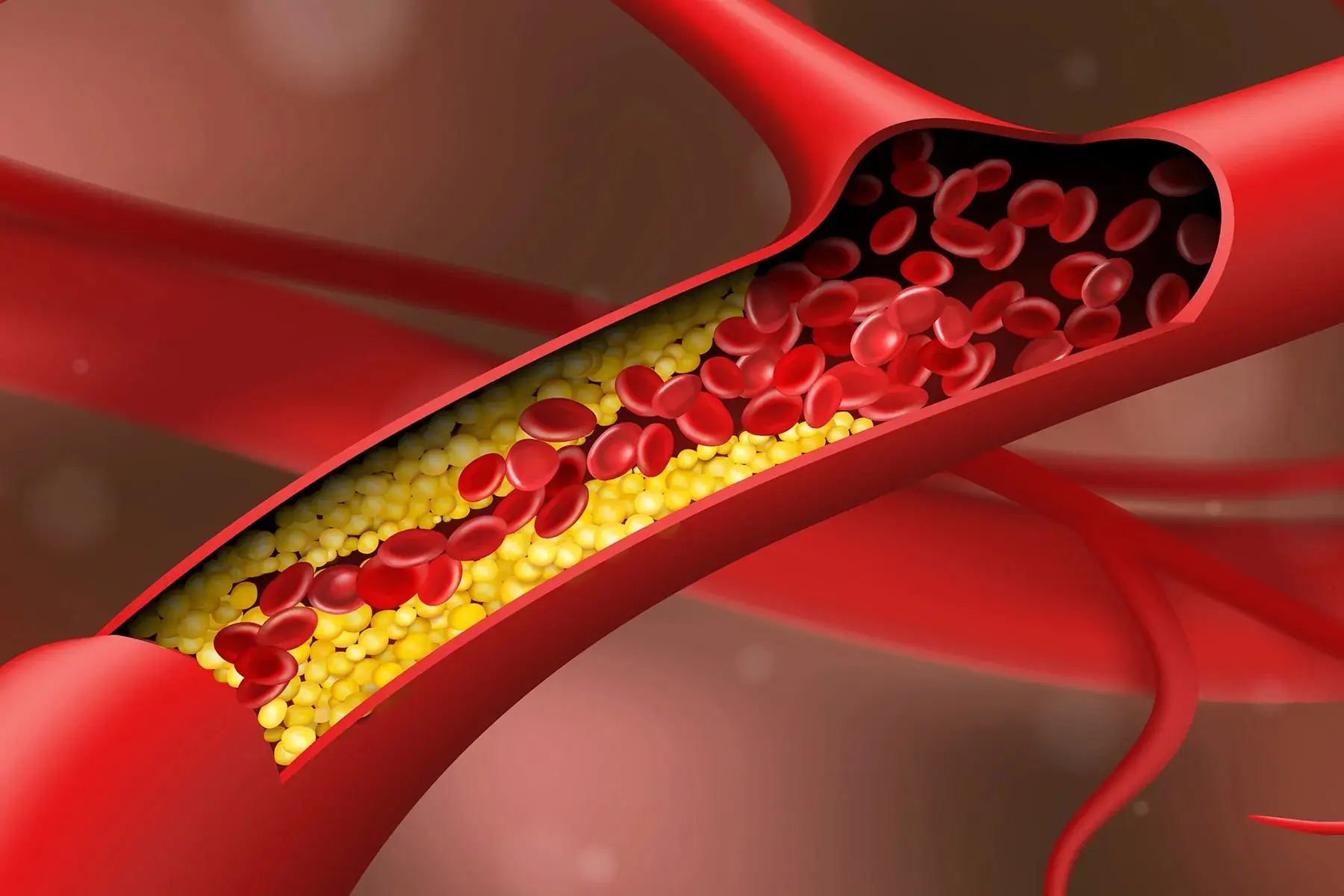
CLEANSE CLOGGED ARTERIES WITHOUT MEDICATION

The Woman Who Pulled Hope from the Mud.

Oreo the Cookie-Loving Bear of Monrovia.

The Last Act of Love: Jaelen Green’s Heroic Promise

I Came Home to Find All My Furniture Tossed on the Lawn for Free – And Found the Perfect Way to Get Back at My

Help Little Maja Win Her Fight for Life
7 Benefits of Corn Silk and How to Use It

My In – Laws Used Our Guest Room as a Storage Unit for Years and Then Blamed Us for Moth Damage – We Had a Clever Way to Make Them Pay!
